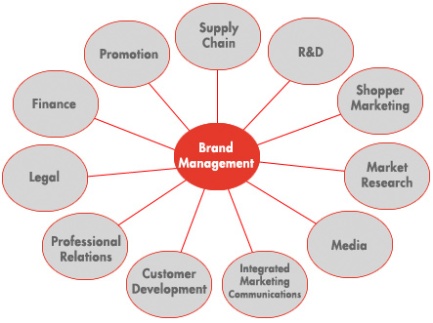
In my current experience in internationalization for a company, I am wondering if working in rural areas of emerging markets does really pay off. Emerging markets are offering relaxed tax percentages for green fields. Also, it is offering some relaxed laws with reference to other major cities in these emerging markets.
As a Portfolio manager for the current project, following finances and some technical issue, and in comparison with similar projects in cities in Emerging markets. I can barely see the difference regarding the capital cost that investors are investing to get advantage from relaxed taxes and laws.
The main cause of such low margin difference can be referred mainly to these reasons:
1- Low services available at rural areas, such as limited transportation facilities to serve projects, especially when the project is manufacturing project that need medium to high supporting services to have a good final product that can serve consumers that are usually located in major cities especially in Emerging Markets.
2- High sunk costs. This can be caused by the lack of resources available at rural areas, and together with limited transportation sums up to a delay in the operations that are scheduled upon project planning, because the huge difference between the project’s planner and the real situation on sites. This difference ends up in decreasing productivity and efficiency, and sometimes de motivational for executives and workers. With bearing in mind that rural areas have low financial services which in this case increase transaction costs and we can consider it as sunk costs.
3- Cultural differences at rural area are extreme. This issue I faced after the energy of the first steps of the project has faded. The cultural differences generate a denial state for technicians especially when they feel that they are not gaining new experience that they were willing to have. Instead they have to go to lower profile to cope with the situation and as a result demotivation alters productivity. As a result it ends up to increase sunk cost of the project in a way or another.
4- On the level of Operational costs, in my current calculations it will not differ much in comparison with major cities or close to major cities, including higher taxes in major cities. Also, if more than 30% of raw material for operations is not available in rural areas, it ends up with higher operational costs there.
5- Many of investment encouraging laws in Emerging Markets looks really encouraging, but when it is the time to apply the laws at least 40% is not applicable, and this is a surprise because it is published usually with governmental news but on grounds you cannot feel it.
The summary of my current supervision over investing in rural areas in Emerging Markets recommends that many other elements should be included in the risk management study for the project. Also, new risk elements should be quantified to be calculated in the risk model before taking the decision of pursuing the project.
Also laws of investing in rural areas should be tested and bench marked with previous experiences, with taking the worst case scenario as the base for building the architecture of the risk model just to be in a safer zone. Finally, in my experience, Emerging Markets are risky and they are remunerating for companies, and the difference can be seen in the bottom line of many companies that worked there. But if the choice of location in Emerging markets is the issue to be negotiated, I fully recommend to go with more urban locations rather than rural where one risk model can be built and applied easily with minor modifications regarding investment laws in local environment. Also, governments should take care about rural areas in a better way, in either decreasing taxes to encourage more investments to arrive to rural areas (in the case where the private sector is responsible for building the services in rural areas), or increasing services in rural areas (in the case where public sector is responsible for building services in rural areas.









